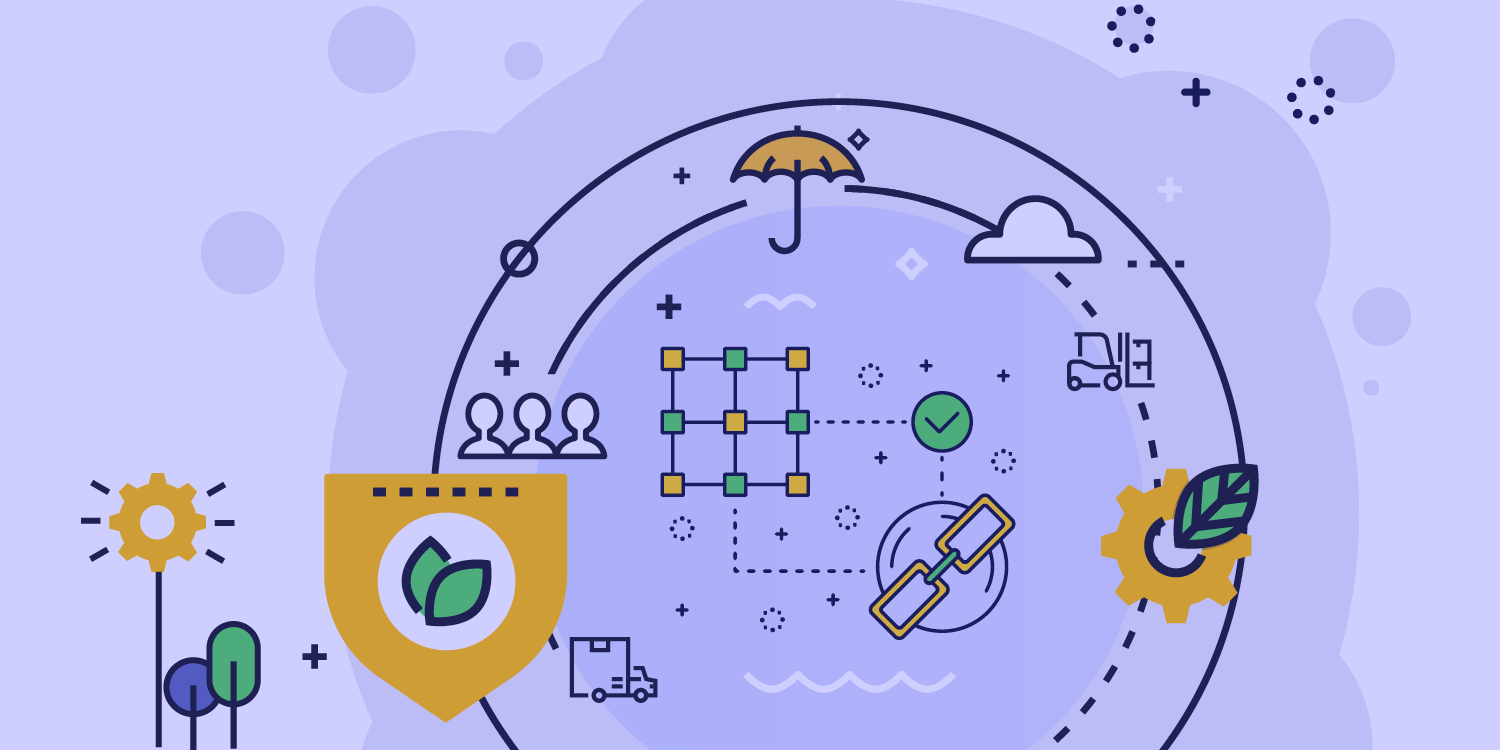Why Collaboration and Design Sprints Are Crucial to Creating a Sustainable Future

How might we embrace sustainability? And I do mean we. Every business, public institution, and individual has a stake in answering this question. According to the Intergovernmental Panel on Climate Change, the world must cut carbon emissions by 45 percent by 2030 and completely decarbonize by 2050 in order to curtail the most harmful impacts of climate change. Put another way: we have 12 years left to get our house in order. But the good news is that businesses and corporations possess tools such as design sprints that make it easier to act with urgency.
For some time, businesses have been making sustainability an increasingly important focus. What’s changed in recent years is the number of businesses locking arms, even with their competitors, to figure out imaginative solutions to the sustainability challenge. For example, recently a number of global corporate powerhouses including Procter & Gamble and Unilever joined the Loop e-commerce platform. Loop gives consumers a destination to buy personal care products using containers that are refilled or recycled, thus cutting down on pollution and waste – an example of the circular economy in action. When Procter & Gamble joined Loop, P&G’s Vice President and Chief Sustainability Officer Virginie Helias stated,
The time to act is now. We are passionate about harnessing the power of our global reach and the strength of our trusted global brands to scale-up more sustainable solutions. Transformative partnerships are key to achieve this mission as no one can succeed alone.
The power of transformative partnerships is the focus of a column I have published in the UPS Longitudes blog. In my piece, “How Blockchain Can Drive Supply Chain Sustainability,” I urge all businesses involved in supply chain management to accelerate a transition from owning to sharing – with blockchain technology underpinning the transition.
Sustainability affects everything a business does, including how it works with its suppliers. But too many supply chain managers employ a “take-make-waste” mentality. As a result, supply chains around the globe remain fraught with inefficiencies due to a wasteful use of assets. Blockchain is a secure electronic ledger that enables multiple parties to distribute data — but not copy it. Blockchain can transition supply chain management to a sharing economy where people and companies reduce waste and decouple growth from the consumption of finite resources — thus becoming more sustainable and profitable at the same time.
The good news is that businesses and teams have access to tools such as design sprints to test and learn about what sustainability means to the people involved. With a design sprint, cross-functional teams develop hypotheses for specific customer solutions. And then the team creates a rough prototype to use as a tool to learn from real people. At Moonshot, we use design sprints to bring cross-functional teams together to discover, design, and scale sustainable products and experiences.
Exploring the potential of blockchain through design sprints is exactly the kind of creativity and collaboration that can be the catalyst for bringing a more sustainable future to life. If you’re wondering how to get started with a purposeful, human-centric use case for blockchain and sustainability, let’s connect.
